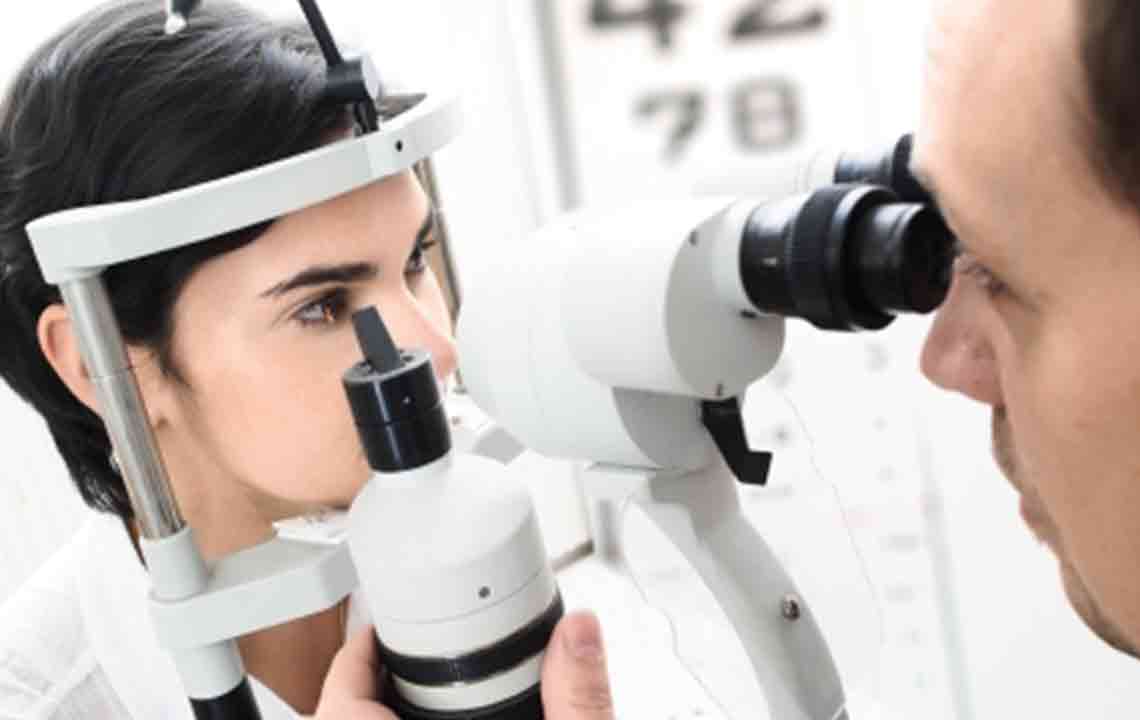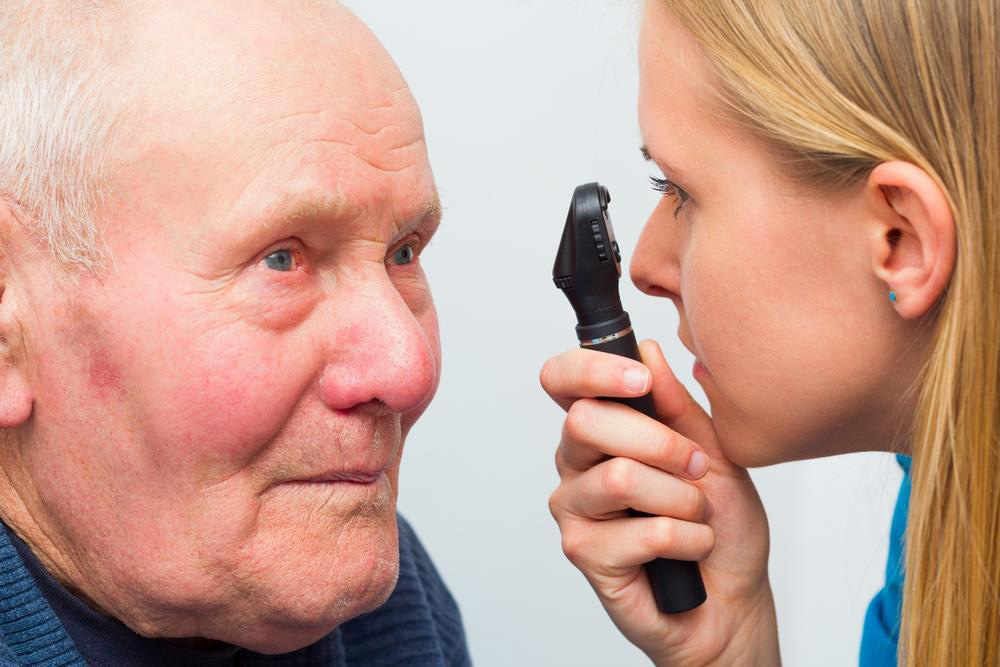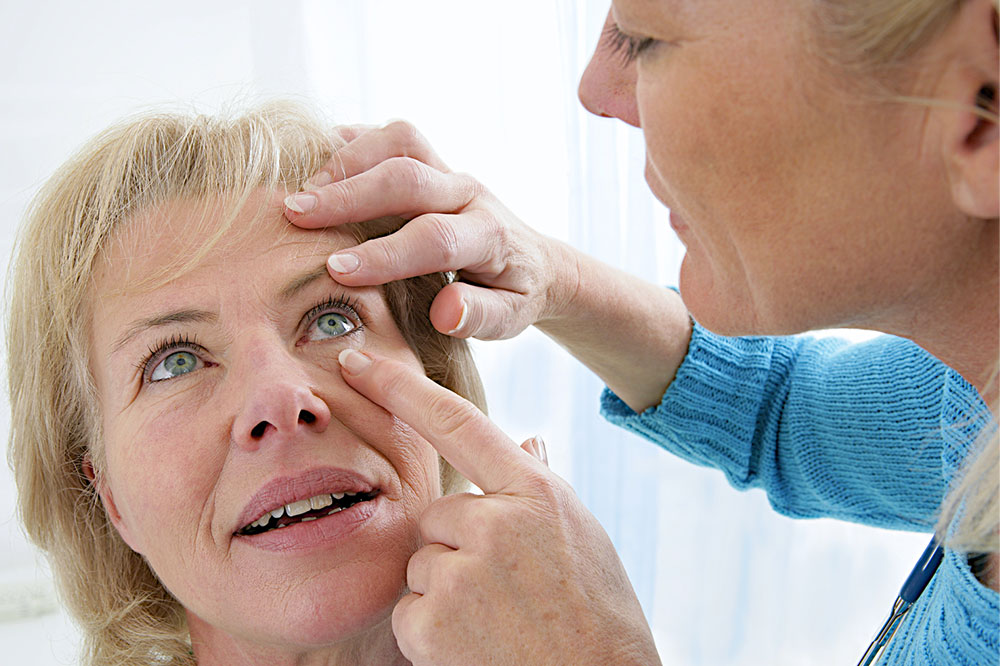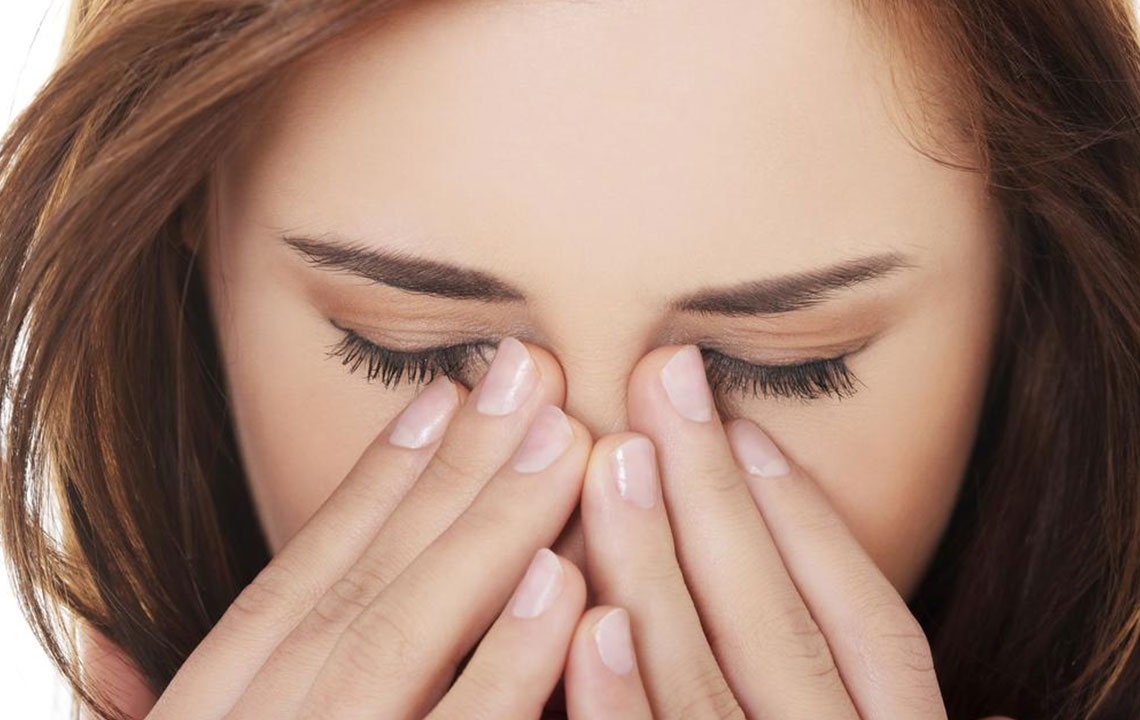Understanding Dry Eye Syndrome: Causes, Symptoms, and Solutions
Dry eye syndrome is a widespread condition caused by reduced tear production or rapid evaporation. Recognizing symptoms like irritation and redness, and understanding causes such as aging, environmental factors, and health issues, helps in effective management. Treatments include lifestyle adjustments, artificial tears, and advanced procedures like punctal plugs. Preventative steps like avoiding smoke and limiting screen time can reduce risks. Regular eye check-ups ensure long-term eye health and comfort.
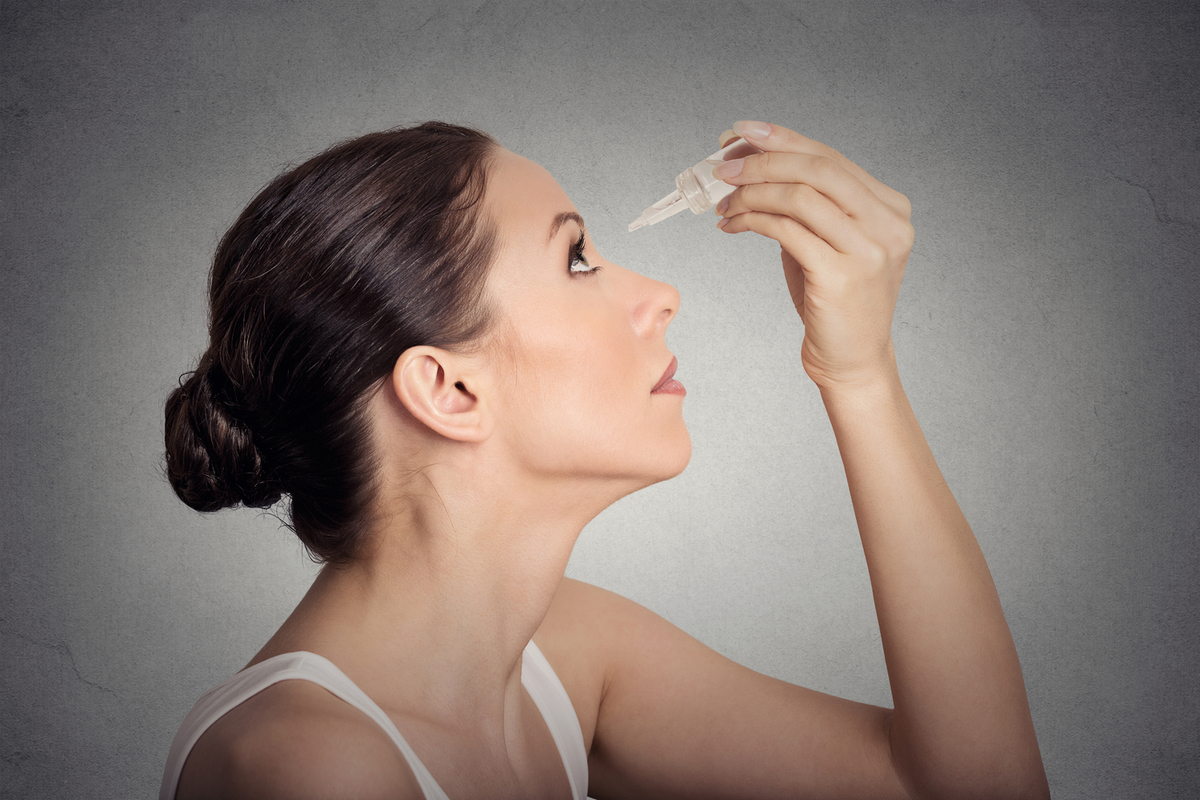
Understanding Dry Eye Syndrome: Causes, Symptoms, and Solutions
Dry eye syndrome affects many people globally, resulting from insufficient tear production or rapid evaporation of tears. Recognizing its causes, symptoms, and treatment options is vital for maintaining healthy eyes and enhancing quality of life.
What Is Dry Eye?
This condition happens when the eyes do not produce enough tears or the tears quality is poor, failing to keep the eye surface moist. Tears are essential for nourishment, protection, and overall eye health.
Common Causes of Dry Eyes
Various factors can lead to dry eyes, including environmental exposures, health conditions, and lifestyle choices.
Primary causes summarized in the table below:
| Cause | Description |
| Age | Tear production diminishes with age, especially after 50. |
| Hormonal shifts | Pregnancy, menopause, and contraceptives impact tear levels. |
| Environmental factors | Wind, smoke, and dry air accelerate tear evaporation. |
| Excess screen use | Extended use reduces blinking, leading to dryness. |
| Health issues | Conditions like diabetes and autoimmune diseases affect tear production. |
| Contact lens wear | Prolonged use can disrupt tear film stability. |
| Medications | Some drugs, including antihistamines, lower tear output. |
| Eye procedures | Laser surgeries may temporarily reduce tear production. |
Signs and symptoms to watch for include:
Irritation: A gritty, sandy feeling in the eyes.
Redness: Visible redness in the eye whites.
Blurred vision: Focusing issues due to inconsistent tear film.
Light sensitivity: Discomfort in bright settings.
Excess tearing: Reflex tears counteract dryness.
Contact lens discomfort: Irritation while wearing lenses.
Diagnosis involves several tests, such as:
Tear Break-Up Time: Measures how quickly tears break apart.
Schirmer’s Test: Quantifies tear production via strips.
Slit-lamp Exam: Checks eye surface and tear film integrity.
Dye Tests: Detect dry patches using dyes like fluorescein.
Effective management includes:
Environmental mods:
Use humidifiers indoors.
Take screen breaks frequently.
Wear protective eyewear against wind and dry air.
Lifestyle changes:
Practice blinking exercises.
Stay well-hydrated.
Add omega-3-rich foods to your diet.
Eye hygiene:
Apply warm compresses.
Maintain eyelid cleanliness.
Use artificial tears: Choose preservative-free drops for relief.
Advanced treatments:
Punctal plugs to conserve tears.
Thermal pulsation therapies to unblock oil glands.
Preventative tips include avoiding smoke, limiting screen time, wearing protective eyewear, and maintaining a healthy diet rich in beneficial nutrients. Recognizing dry eye symptoms early allows for effective intervention and long-term eye health. Regular eye check-ups are recommended.
Sources include:
American Academy of Ophthalmology
National Eye Institute
Dry Eye Society



